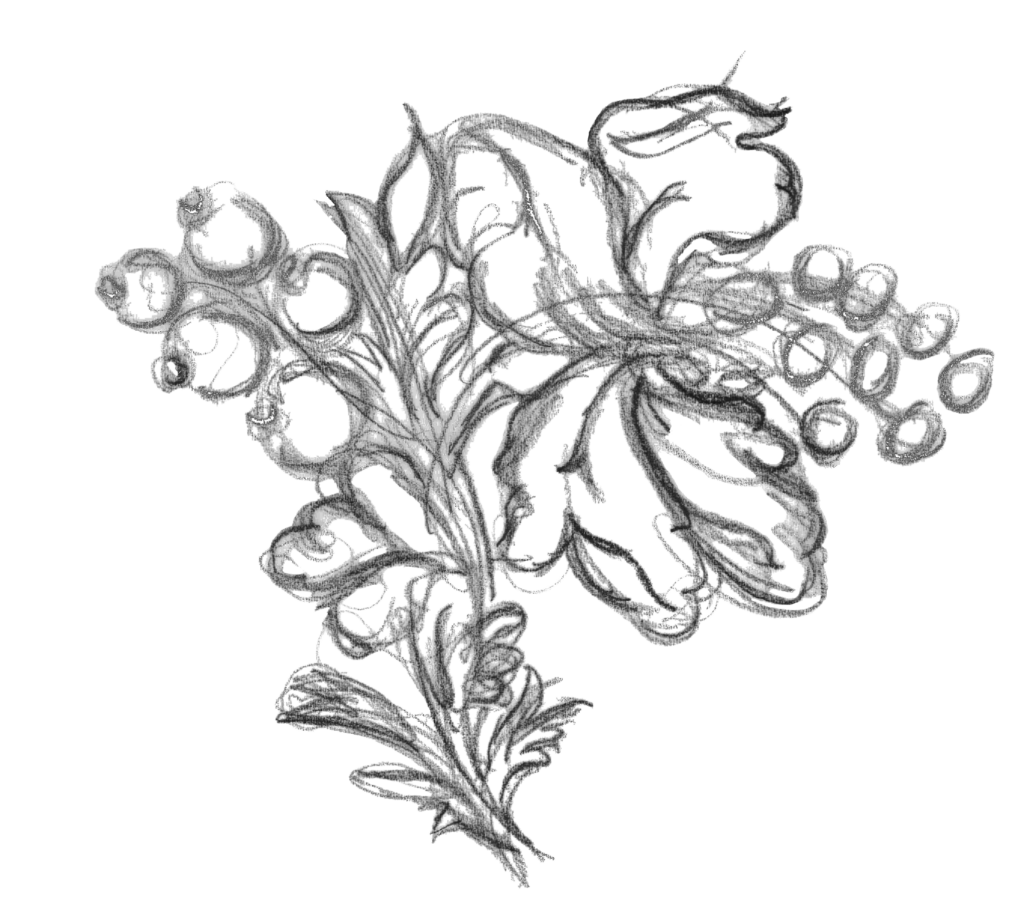William Kent – A Palladian Great Britain
William Kent was an English architect, landscape architect and furniture designer of the early 18th Century. He was responsible for the fashions of the time and influenced many large houses and buildings that make Great Britain the historically rich country it is today. His works include Holkham Hall, Norfolk, Chiswick House, London, and Badminton House, Gloucestershire to name but a few.
Born late 1685 in Yorkshire, William Kent began his career as a sign and coach painter. Encouraged by his employer at the time, Kent set sail to Italy in 1709 to study architecture. This was to be the making of Kent and it was here that he met two rather important and influential figures that later helped him path his career Richard Boyle, The 3rd Earl of Burlington and Thomas Coke, The Earl of Leicester.
Upon his return to Great Britain in the 2nd ¼ of the 18th Century the country was undergoing great change. The last Stuart monarch had passed away and the Hanoverians were the new reigning monarchs. This caused fashions and styles to change and so Kent seized his moment to apply all he had learnt and witnessed in Italy into practice. It was then that William Kent introduced the Palladian style to Great Britain, designing ‘Georgian Britain’ in a ‘classically British Palladian Style’.
The Palladian style is a form of architecture typically found in Europe; its roots came from the Venetian architect Andrea Palladio (1508-1580). Palladian was recognised by its symmetry and perspective and was influenced by the ancient Greek and Roman temples. Many of the characteristics of the style include Columns, Symmetry, Masks and Scallop Shells of which are found in many Greek and Roman art. The shell is a symbol of the Greek Goddess, Venus. In terms of architecture, a typical Palladian building would have a rather plain exterior in comparison to the richly decorated and elaborate interior.
One of the finest collections of William Kent work is found at Holkham Hall, Norfolk. Thought to have been designed by Coke, Kent and Burlington, both the architecture and extensive collection of Kent furniture makes Holkham Hall a national treasure. The Marble Hall could be mistaken for a Greek or Roman temple with its huge columns and mouldings. This is a typical Kent and Palladian style.
Inspired by nostalgia for Italy and all of the heavily guilded and embellished buildings, Kent’s style became quickly noticeable. In order to hold their own within an elaborately decorated room, Kent’s furniture was stately in both size and proportion and often recognised by the excessive amounts of gilding and figured claws, lion’s feet and Grecian designs.
Take a look at the other William Kent rooms and furniture we have helped restore. Hampton Court Palace and Kensington Palace.







